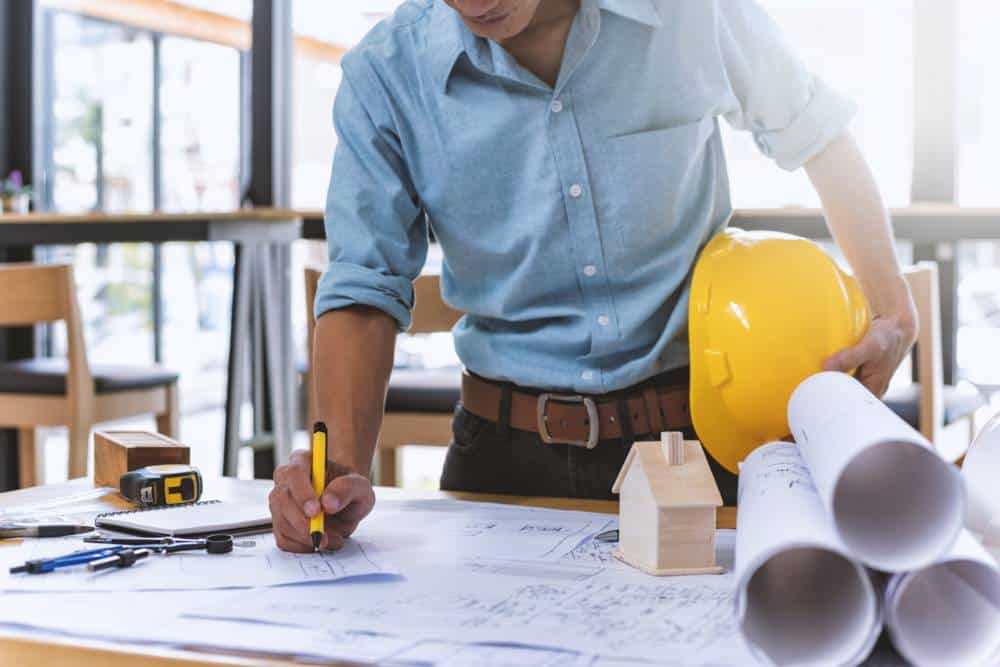Home building 101: A guide for first-time homeowners

Understanding the basics of home building is key to making the journey smoother and more enjoyable.
Building a home is one of life’s most significant milestones—a major investment not just financially, but emotionally.
Particularly for first-time homeowners, the process can feel overwhelming. But with careful planning, the right team, and informed decisions, it becomes a deeply rewarding experience that results in a space that truly feels like your own.
Understanding the basics is key to making the journey smoother, less stressful, and more enjoyable. Knowing what to expect—and which decisions carry the most weight—can help you avoid costly mistakes and ensure your new home aligns with your needs, lifestyle, and future goals. Embrace the learning curve, stay patient, and remember: a home isn’t built in a day, but the results are always worth the wait.

Before the first shovel hits the ground, detailed planning is essential.
Start with a solid plan
Before the first shovel hits the ground, detailed planning is essential. This includes understanding how much you can spend. Factor in not just the construction costs but also permits, design fees, landscaping, furnishings, and a contingency fund, ideally 10 to 20 percent of your budget.
Choose your lot carefully. Consider proximity to work, schools, and amenities, and check zoning regulations or homeowner association rules.
Think about the number of bedrooms and bathrooms, layout preferences (open vs. traditional floor plans), storage space, and long-term needs like accessibility or room to grow.
Choose the right team
Your builder will have a huge influence on the final result, so choose wisely. You’ll need an architect and/or designer; general contractor or builder; and an inspector or engineer. Make sure to check references, licenses, and past projects before hiring anyone.

Building a home requires permits from your local government, which ensure the construction complies with building codes and safety regulations.
Understand the construction process
While timelines vary, most home builds follow these general phases: site preparation and foundation (clearing the lot, pouring concrete or laying a foundation); framing (skeleton of your house is built, including walls, roof, and floor structures); systems installation (plumbing, electrical, and HVAC systems are installed before insulation and drywall); interior and exterior finishing (drywall, painting, flooring, cabinetry, siding, roofing, windows, and doors); and final touches (fixtures, landscaping, and a thorough final inspection).
Secure the right permits and insurance
Building a home requires permits from your local government, which ensure the construction complies with building codes and safety regulations. Your builder may handle this, but make sure it’s clear who’s responsible.
Watch for common pitfalls
First-time homeowners can fall into traps that delay or complicate the build. Some may underestimate the costs, skip inspections or fail to think long term.
Make sure to always prepare for unexpected expenses; make thorough inspection of your house to catch hidden issues; and build with future resale, family needs, and maintenance in mind.

(https://www.linkedin.com/)
Think energy efficiency and sustainability
Modern homebuyers increasingly value green building practices. Consider having insulated windows and walls; energy-efficient appliances; solar panels or geothermal systems; and water-saving plumbing fixtures, among others.
These features save money in the long run and make your home more appealing.
Stay involved
While professionals do the work, staying engaged helps prevent misunderstandings.
Make sure to regularly visit the site. Don’t be shy to ask questions about progress and materials. Keep a written record of all decisions and changes.